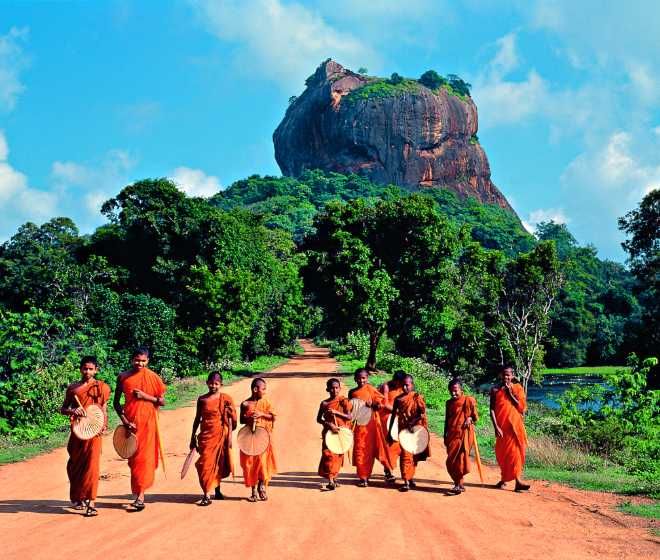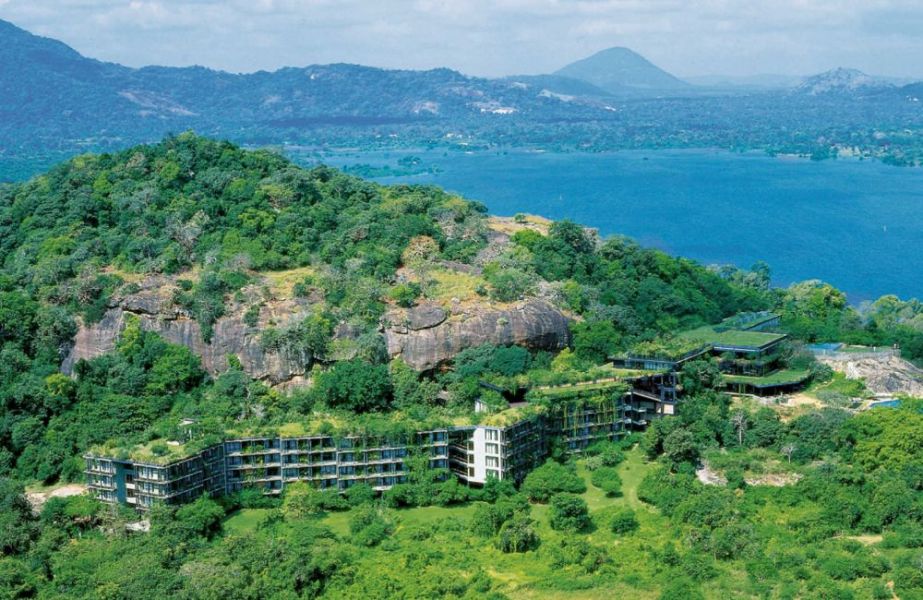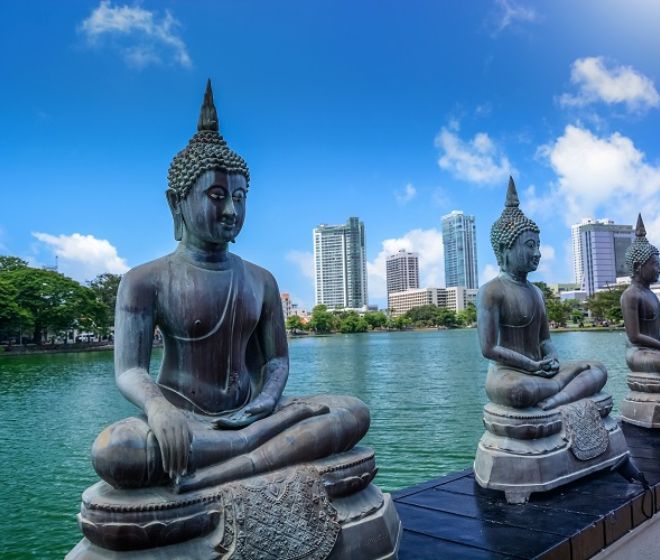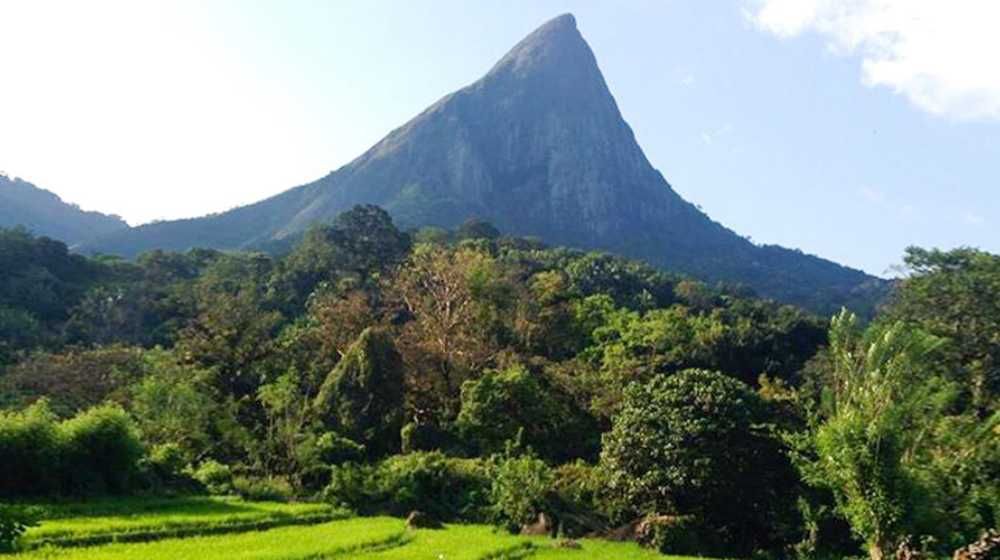
Knuckles Mountain Range Sri Lanka
Named after the series of recumbent folds and peaks in the west of the massif which resemble the knuckles of clenched fist, the Knuckles mountain range in the central Sri Lanka is a paradise full of awe inspiring aesthetics, scenery, rich biodiversity, history and scientific interests. The area was called DumbaraKanduvetiya meaning Mist-laden Mountain Range by the locals before its current renaming by the British surveyors, due to the series of isolated cloud forests at higher elevations of the mountain range. Being the home to a variety of flora and fauna, it harbors a significant portion of the country’s biodiversity, even though the mountains only constitutes to about 0.03% of the island’s land area.
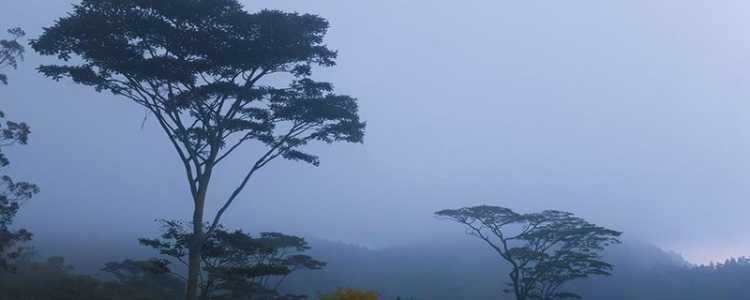
It harbors several relict, endemic flora and fauna that are distinct from central massif and more than 34 percent of Sri Lanka’s endemic trees, shrubs, and herbs are only found in these forests. It and has been declared a conservation area and is known as the KNUCKLES NATIONAL HERITAGE AND WILDERNESS AREA. It is an UNESCO designated World Heritage Site. The Knuckles sports 27 peaks over 1,000m, with the highest rising to nearly 2,000m and stretches an impressive 155 sq km that contains five major forest formations (dry evergreen forests, montane forests, sub-montane forests, dry and wet pathana, savanna)
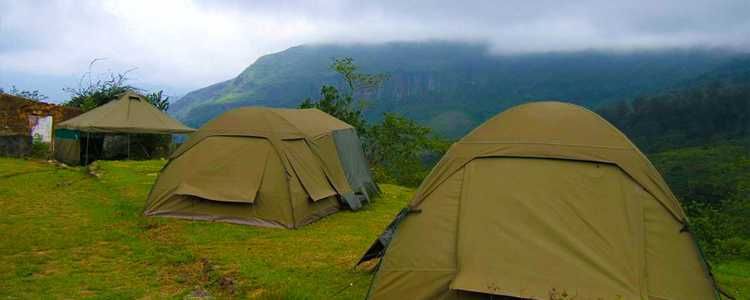
The history of the Dumbara hills dates back to the pre historical era with archaeological and historical evidence relating it to the Yaksha settlements of GiriDivaina or Malaya Rata. The range is an important watershed to the whole country as the three major rivers of Hulu Ganga, Heen Ganga and Kalu Ganga originates from the Knuckles range along with some major tributaries of the Mahaweli river. The area, being situated within the wet zone of the country, enjoys plentiful rainfall from both the Southwest and Northwest Monsoons, and hence boasts of an array of breathtaking waterfalls and streams.
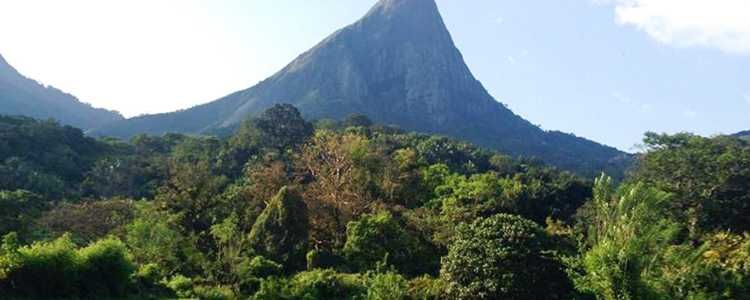
The Knuckles range is home to up to 1033 plant species of which 15% are endemic, 128 Bird species of which 17 are endemic, 31 mammal species (4 endemic and 9 nationally endangered), 20 amphibians (12 endemic), 53 different reptile species (23 endemic, are nationally threatened with some characters as the leaf nosed lizard being endemic to this range) and 25 species of freshwater fish (8 endemics and 7 nationally threatened).
The region contains some of the most isolated hamlets in the island, where it is still possible to witness a way of life largely untouched by humanity. The vegetation within the Knuckles wilderness ranges from lowland semi-evergreen forests to montane forests. Mammals such as Wild Buffalo, Wildboar, Black-naped Hare, Jackal, Toque Macaque & Purple-faced Leaf Monkey, birds such as Yellow-eared Bulbul, the elusive Sri Lankan Whistling Thrush, Sri Lankan Spot-wing Thrush, Yellow-fronted Barbet, Jungle fowl, Sri Lankan Super fowl, Sri Lankan Wood Pigeon, Sri Lankan Green Pigeon, Sri Lankan Hanging Parrot, Layard’s Parakeets, Brown-capped Babbler, Crimson-backed Woodpecker, Sri Lankan Woodshrike, Sri Lankan Dull-blue Flycatcher, Sri Lankan Myna, Bush Warbler and the Sri Lankan White-eye can be observed within the range.
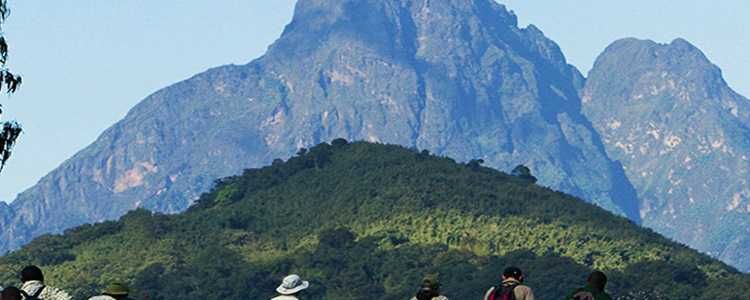
The weather in the range is unpredictable, but the possibility of rain is the lowest from June to September. The knuckles mountain range is an ideal eco tourist spot for Mountain Biking, Caving and Pot Holing, Rock Climbing and hiking. There are several common routes around the range. Routes via Loolwatte, Corbet’s Gap, Bambarella and Laggala will take you to different spectacular areas of the mountain range. The Knuckles range is one of the loveliest nature attractions of Sri Lanka. The changing terrain of grasslands, rugged mountain peaks interspersed with streams and cascading waterfalls make Knuckles mountain range a trekker’s paradise. Popular hiking trails are Mini world’s end from Deanston; Trail to Dothalugala from Deanston; Trail to Nitro Caves from Corbtt’s Gap; Trail to Augallena cave via Thangappuwa from Corbett’s Gap; Trail to Kalupahana from “Meemure” village.
